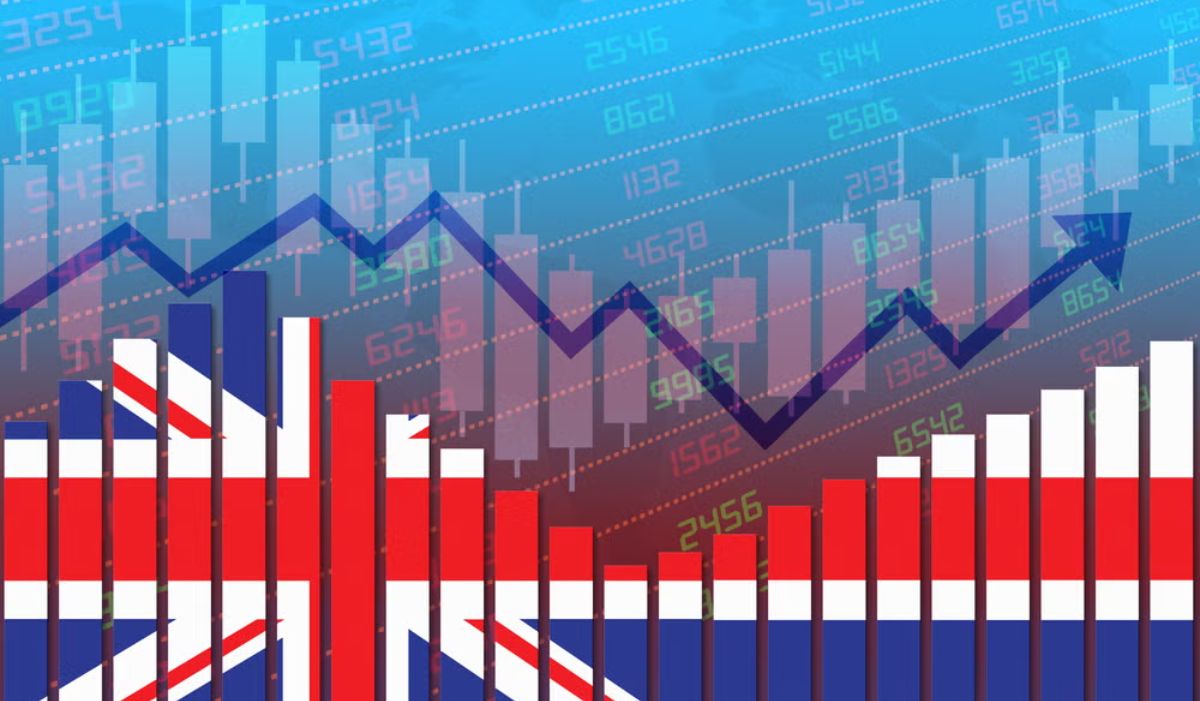UK Inflation Surges to 3.6% in June, Highest in Over a Year

Consumer price inflation in the United Kingdom climbed unexpectedly to 3.6% in June, marking the highest annual rate in over twelve months according to official data released Wednesday.
This development has tempered market expectations regarding additional interest rate reductions by the Bank of England.
The Office for National Statistics reported that June’s consumer price index reached levels not seen since January 2024, surpassing economist forecasts that predicted the rate would hold steady at May’s 3.4% figure from a Reuters survey.
UK inflation has demonstrated consistent upward momentum since reaching a three-year minimum of 1.7% in September of the previous year. The Bank of England’s May projections suggested inflation would reach its peak at 3.7% in September, representing nearly double the central bank’s 2% inflation target.
The UK’s inflation rate currently exceeds that of other major developed economies, standing approximately one percentage point above rates recorded in both the United States and eurozone countries.
Following the data release, sterling experienced modest gains against the dollar, while five-year gilt yields reached their highest point in a month. Financial markets subsequently adjusted their expectations, reducing the probability of a quarter-point Bank of England rate reduction in August and similar action later in the year.
Deutsche Bank Chief UK Economist Sanjay Raja said he did not think an August rate cut was really in jeopardy but saw more of a question mark over the pace of cuts after that.
“There’s enough of a slowdown in GDP and the labour market to warrant a ‘gradual and careful’ easing of monetary policy. But the onus now rests on the labour market to shape how far and how fast the MPC can cut this year and next,” he said in a note.
Recent gross domestic product figures revealed an unexpected decline in May output, while upcoming official data on Thursday is anticipated to demonstrate only modest deceleration in wage growth from current rates exceeding 5%.





